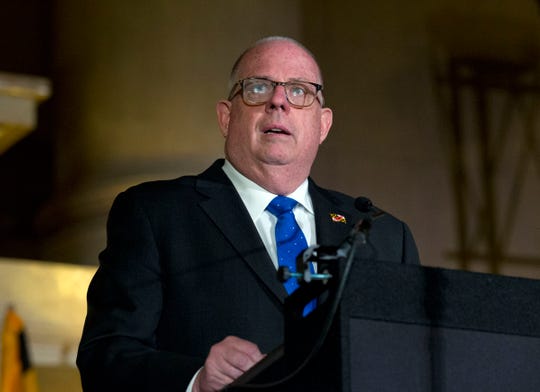Certain Maryland state employees will soon receive assistance from the state to repay their student loans, Governor Larry Hogan announced earlier this week.
The Hogan administration launched “SmartWork” on Monday, a student debt relief package and a college affordability initiative to help employees working in areas experiencing staff shortages like nursing, policing, and IT, with paying off their student debts.
Announced in 2018 along with SmartBuy and SmartSave, Gov. Hogan pushed a total of $385 million over five years in funding for college affordability and savings for Maryland residents struggling with student debt.
“Our administration is doing everything we can to ensure that all Marylanders have access to a college education, which includes making college as affordable and accessible as possible,” Governor Hogan said in a statement. “This innovative program will provide many of our hardworking state employees relief from the high levels of college debt that many families face.”
Currently, 60 percent of students in Maryland graduate with an average of $27,000 in student debt. Collectively U.S. student loan debt topped $1.5 trillion in 2018, officially surpassing the debt levels of both credit cards and auto loans. It now claims second place for the highest debt category throughout the country, second only to mortgage debt.
The latest initiative, administered by the Office of Personnel Services and Benefits of the Department of Budget and Management, will bring a sigh of relief for thousands of Maryland employees who will be eligible to receive up to $20,000 in benefits over a ten-year period. Employees who are currently making payments on their children’s student debt may also qualify for these benefits.
According to a recent Quinnipiac University National Poll, 57 percent of voters, both Democrat and Republican, support the idea of forgiving up to $50,000 in student loans for individuals in households earning less than $250,000 a year.
Studies have also shown that debt has a profound effect on minority students. Last year, a study conducted by the University of Illinois and the University of Michigan found that black and Hispanic adults who graduate college with debt burdens have a significantly lower net worth at the age of 30 than students who don’t borrow to pay for college.
Students Optimistic About Futures Despite High Loan Debts [Survey]



